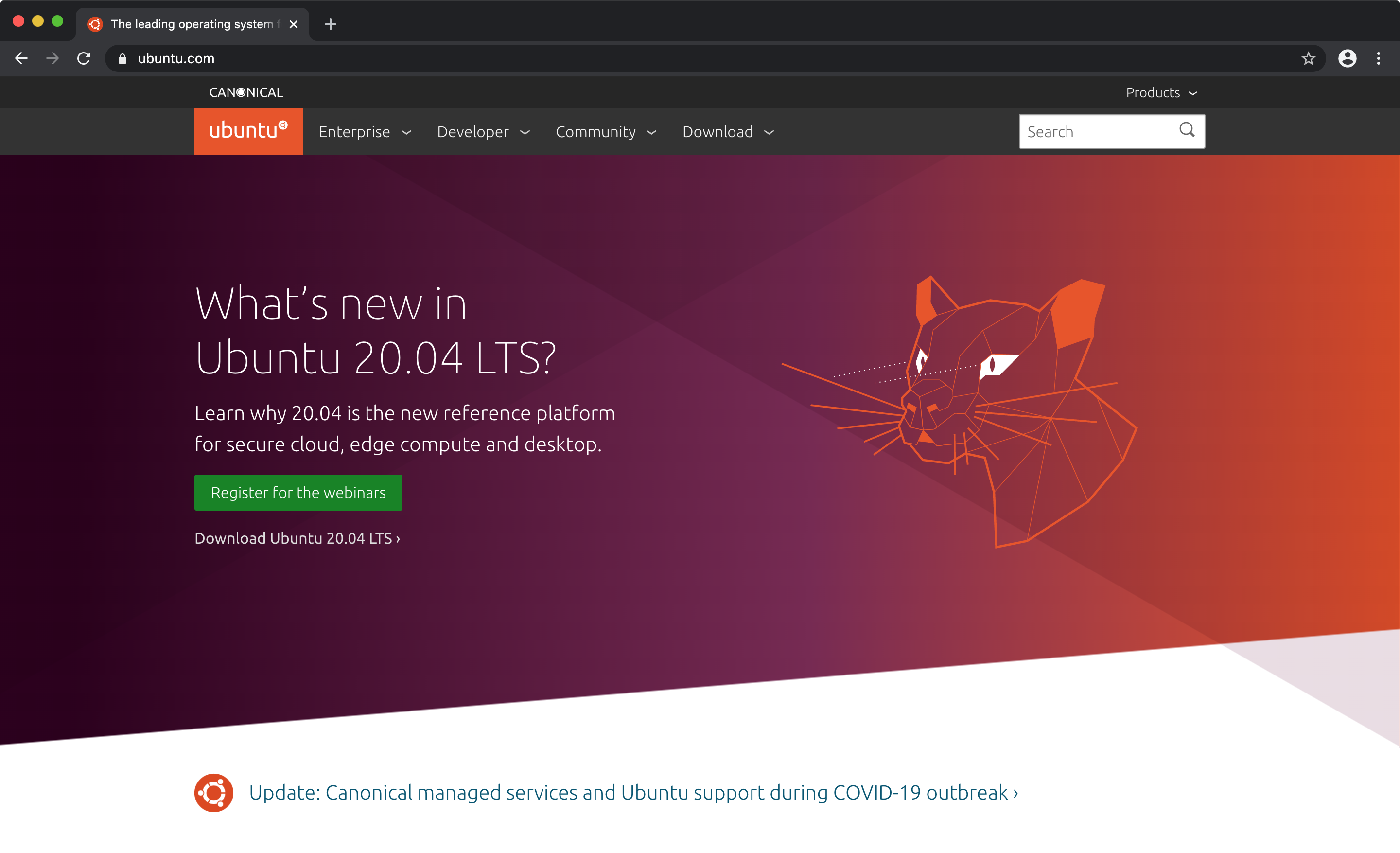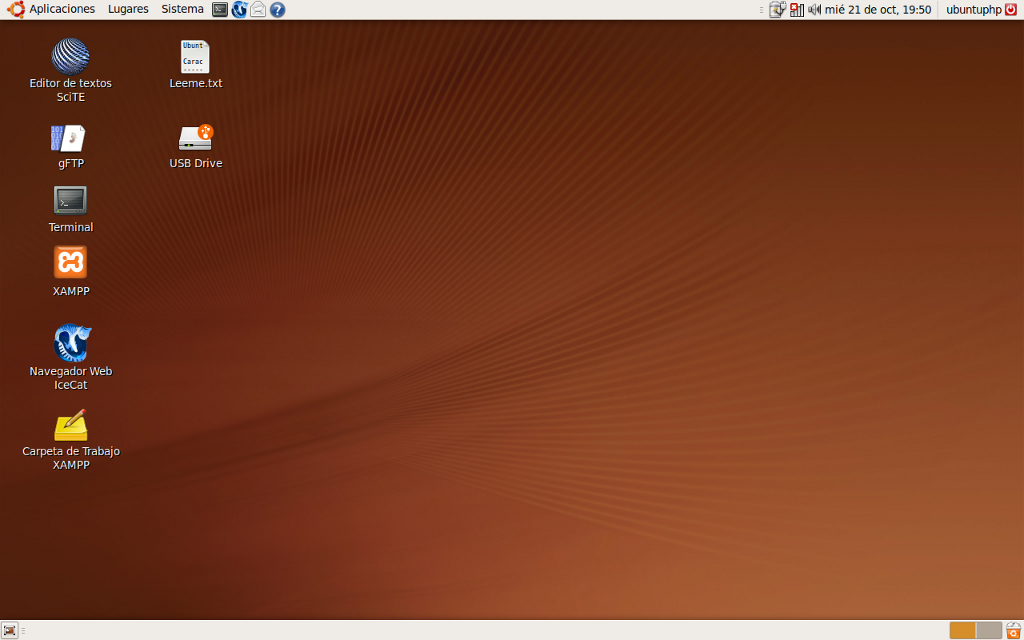

- #UBUNTU 20.04 PHP 8.1 HOW TO#
- #UBUNTU 20.04 PHP 8.1 INSTALL#
- #UBUNTU 20.04 PHP 8.1 UPDATE#
- #UBUNTU 20.04 PHP 8.1 SOFTWARE#
- #UBUNTU 20.04 PHP 8.1 FREE#
sudo vim /etc/php/8.1/apache2/php.iniĪdd the following lines to the respective php.ini file extension=imagick.so For Nginx, this will be /etc/php/8.1/fpm/php.ini. If you are running Apache, the path to the php.ini file will be /etc/php/8.1/apache2/php.ini. Once the installation is complete, add the line extension=imagick.so to the php.ini file. The output shows Imagick version 3.7.0 is installed. Once the installation is complete, verify the presence of the ImageMagick package.
#UBUNTU 20.04 PHP 8.1 INSTALL#
With that out of the way, install the Imagick PHP extension as follows sudo apt install php-imagick -y
#UBUNTU 20.04 PHP 8.1 UPDATE#
Next, update the package lists as follows. To check the php version, run the following command. The following steps have been tested for PHP 7.4. The PHP Imagick extension is available from the apt repository on Ubuntu. PHP is installed on your Ubuntu system.An instance of Ubuntu 22.04 with an SSH connection and a sudo user in place.To get started, ensure that you have the following requirements in place.
#UBUNTU 20.04 PHP 8.1 HOW TO#
In this tutorial, you will learn how to install Imagick on Ubuntu 22.04. Basically, it's an extension of the main application ( ImageMagick ) that is used to create and edit images using API. Restart MySQL server to apply the changes sudo systemctl restart mysqlĪllow port 3306 in UFW: sudo ufw allow 3306Īnd that is the MySQL server installed you will now need to configure/add users as you see fit.Imagick, also referred to as the ImageMagick Extension, is a PHP extension used to create and modify images using the ImageMagick library. Optional to allow remote connection to your MySQL: sudo nano /etc/mysql//mysqld.cnf

Set up with more secure passwords: sudo mysql_secure_installationĪfter setting and validating your password: systemctl status rvice Now for the MySQL server install sudo apt install mysql-server To test that Certbots renew is functioning correctly run: sudo certbot renew -dry-run MySQL install

On success you will now need to open port 443 for the HTTPS: sudo ufw allow 443Īs the certificate expires every 90 days instead of manually renewing it Certbot can do it for you. This will ask for your email address, terms agreement and if you want to be contacted by the Electronic Frontier Foundation about news and changes.Ĭhoose if you want to redirect to HTTPS or not. sudo certbot -apache -d -d Replace with the hostname assigned to your VPS Now to get an SSL certificate/s for your hostname. Install Certbot: sudo apt install -y certbot python3-certbot-apache sudo apt install -reinstall software-properties-commonĪnd then add the Certbot repository: sudo add-apt-repository ppa:certbot/certbot
#UBUNTU 20.04 PHP 8.1 FREE#
Time to get HTTPS or SSL for your webserver with a free let’s encrypt certificate. Installing PHP extensions is done with this command: sudo apt install php8.0-Ī quick method to install common extensions: sudo apt install php8.0- SSL install To check if PHP is installed and its version use: php -v Go ahead and restart Apache sudo systemctl restart apache2 Now finally actually downloading and installing PHP 8 and the apache module for PHP 8: sudo apt install php8.0 libapache2-mod-php8.0
#UBUNTU 20.04 PHP 8.1 SOFTWARE#
Installing PHP 8 on Ubuntu 20.04 means you must first install the independent software sources: sudo apt install software-properties-commonĪnd then the repository for the PHP versions: sudo add-apt-repository ppa:ondrej/php PHP 8 is the most recent version of PHP and a main one too, it was released November 26th 2020. You will be greeted with the default page upon successful install You can also navigate to HTTP://SERVER_IP_HEREin a web browser to see if Apache is installed and able to be accessed. This is important as you don’t want to be blocked out of your server.Ĭheck Apaches status with: sudo systemctl status apache2 Make sure you have your SSH port or SSH in general allowed: sudo ufw allow 22 Now allow Apache traffic: sudo ufw allow 'Apache' You can install UFW with: sudo apt install ufw If it returns ufw: command not found that means UFW is not installed. When you run this command: sudo ufw app list Now for some firewall tinkering with UFW (Uncomplicated firewall). Install it with: sudo apt install apache2 Apache installĪpache is a popular, open-sourced HTTP server.

Once that has finished you can now progress with this guide. The first step after SSH’ing into your server is to update the package list sudo apt update This post covers installing Apache with the brand new PHP 8, a MySQL server and finally enabling SSL with let’s encrypt for your hostname. Installing and setting up a LAMP stack on Ubuntu 20.04 圆4.


 0 kommentar(er)
0 kommentar(er)
